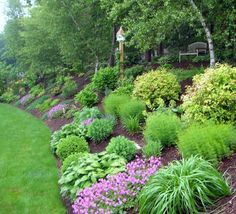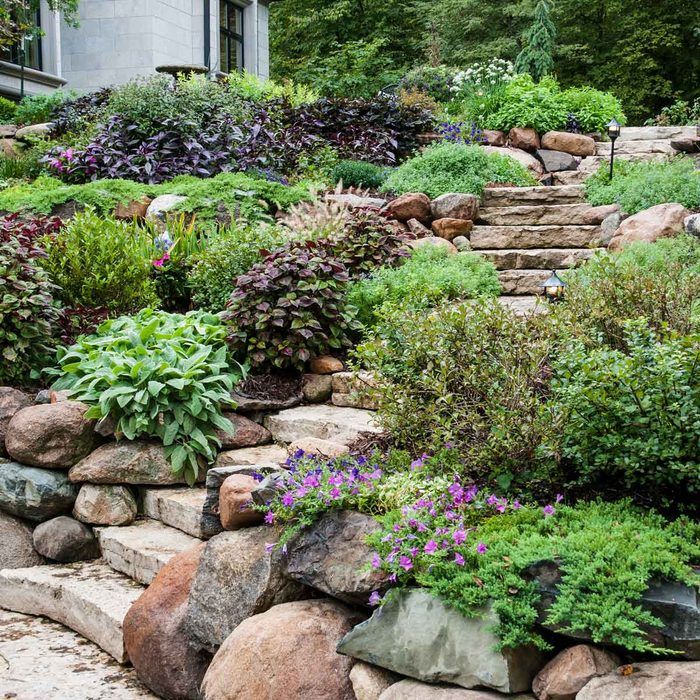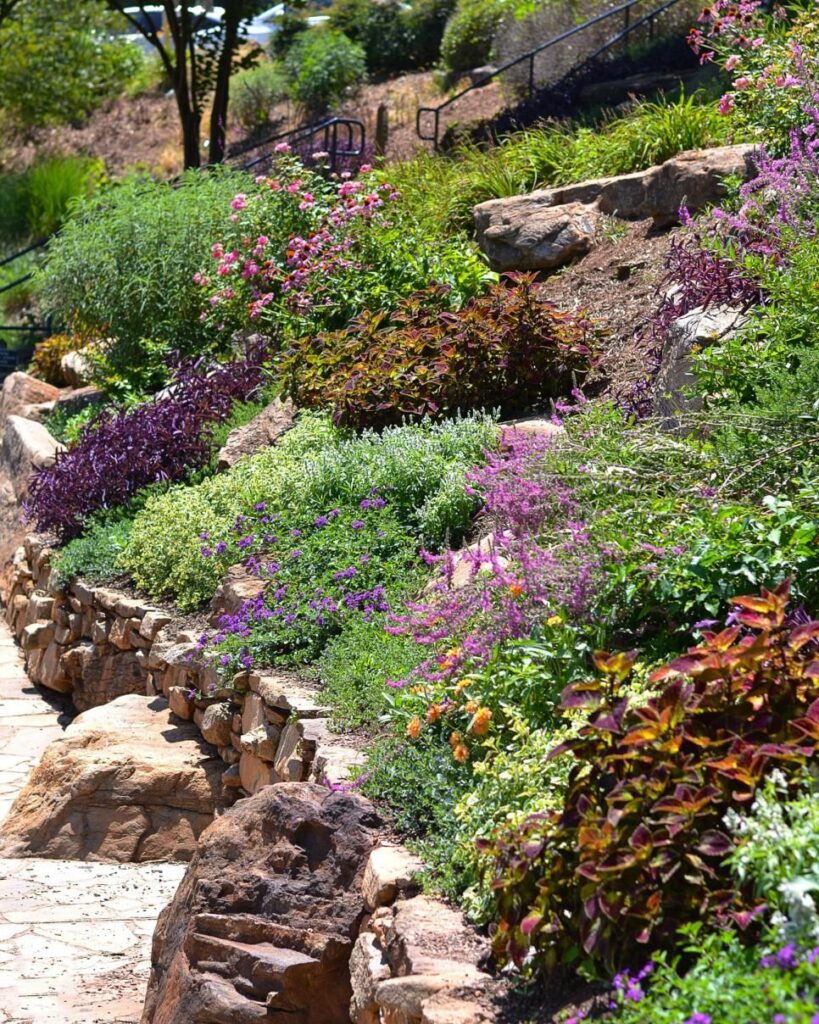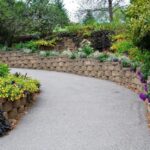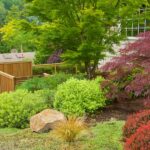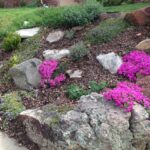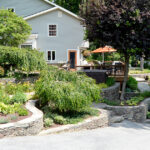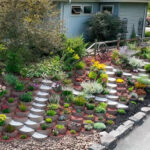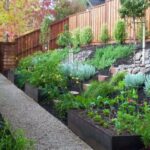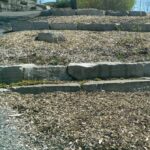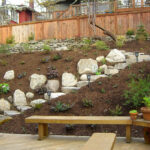The Challenge of a Hill . . .” alt=”Landscaping Ideas > The Challenge of a Hill . . .” > Landscaping on a slope can present unique challenges but also provide opportunities for creating a visually stunning outdoor space. When working with a slope, it is important to consider erosion control, water drainage, and plant selection to ensure the longevity and success of the landscape design.
One of the first considerations when landscaping on a slope is erosion control. The slope can be vulnerable to erosion from water runoff during heavy rainfall or irrigation. Installing retaining walls, terraces, or other stabilization methods can help prevent soil erosion and create a more stable landscape. Groundcover plants like creeping thyme or ornamental grasses can also help anchor the soil and prevent erosion.
Proper water drainage is essential when landscaping on a slope to prevent water from pooling and causing damage to plants and structures. Installing drainage systems such as French drains or swales can help divert excess water away from the slope and into designated areas. It is important to pay attention to the natural slope of the land and design the landscape to work with the natural water flow rather than against it.
When selecting plants for landscaping on a slope, it is important to choose varieties that can thrive in a sloped environment. Plants with deep roots like shrubs and trees can help stabilize the soil and prevent erosion. Groundcover plants like creeping juniper or vinca minor can provide color and texture while helping to prevent soil erosion. Native plants are often a good choice for sloped landscapes as they are adapted to the local climate and soil conditions.
Incorporating hardscape elements like stone paths, steps, or retaining walls can help break up the slope and create visual interest in the landscape. Stone or gravel paths can help guide visitors through the sloped terrain and provide a sense of structure to the outdoor space. Retaining walls can create terraced levels for planting beds and help prevent erosion while adding architectural interest to the landscape.
Overall, landscaping on a slope requires careful planning and consideration of the unique challenges and opportunities presented by the sloped terrain. By addressing erosion control, water drainage, plant selection, and incorporating hardscape elements, it is possible to create a beautiful and functional landscape that enhances the natural beauty of the sloped land. With proper planning and maintenance, a sloped landscape can be transformed into a stunning outdoor space that can be enjoyed for years to come.
